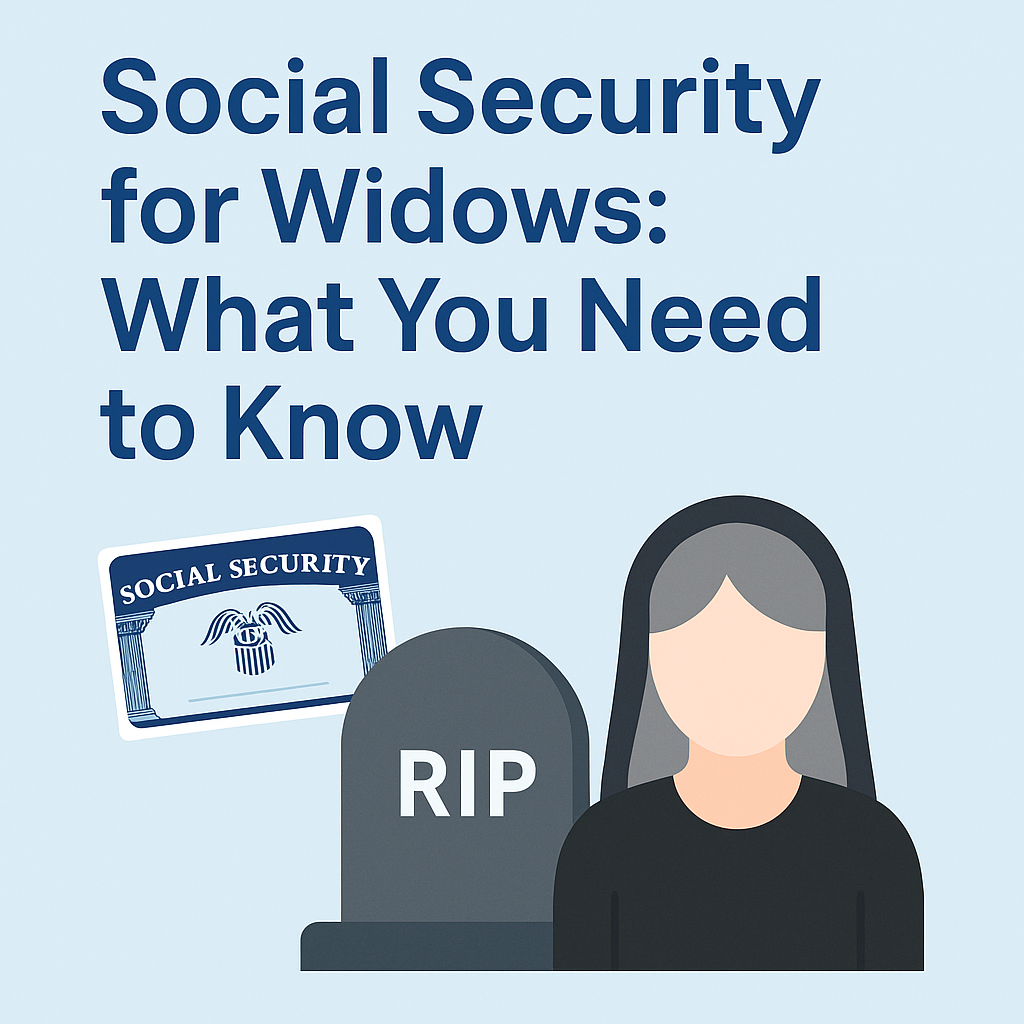Losing a spouse changes everything, including your benefits
Grief is hard enough. The last thing anyone wants to do while navigating a loss is sort through confusing government policies. But understanding how Social Security survivor benefits work could help you stay financially stable after your spouse passes away. Whether you’re newly widowed or planning ahead, knowing your options makes a big difference.
This guide walks through the basics of how survivor benefits work, who qualifies, how much you might receive, and how timing plays a role in your future income.
What are Social Security survivor benefits?
Survivor benefits are monthly payments made to the spouse, children, or even dependent parents of a worker who earned enough Social Security credits. These benefits can replace a portion of the deceased worker’s income and are separate from any retirement or disability benefits you may have already been receiving.
Who qualifies for survivor benefits?
You may be eligible if:
-
You were married to the deceased for at least 9 months
-
You are at least 60 years old (or 50 if disabled)
-
You are caring for the deceased’s child who is under 16 or disabled
-
You are divorced, but the marriage lasted at least 10 years and you haven’t remarried before age 60
-
You are a dependent parent age 62 or older
Even if you’re already receiving retirement benefits on your own record, you may still be eligible to switch to survivor benefits if the amount is higher.
How much will you receive?
The exact amount depends on the deceased’s earnings record and when you choose to claim. If you wait until your full retirement age to claim survivor benefits, you’ll receive 100 percent of your late spouse’s benefit. Claiming earlier reduces the amount.
You can also switch from survivor benefits to your own retirement benefit later, or vice versa. This can be a strategic way to maximize total lifetime income.
When can you start receiving survivor benefits?
Survivor benefits can begin as early as age 60, or age 50 if you’re disabled. If you’re caring for a child under 16 or who has a disability, you may qualify for benefits at any age.
Keep in mind that claiming early means a reduced monthly benefit. And if you’re still working, your income may temporarily lower the amount you receive.
What happens if you’re already receiving benefits?
If you’re already getting Social Security, the Social Security Administration will not automatically switch you to survivor benefits. You have to apply. In some cases, your existing benefit might be lower than the survivor benefit, so it’s worth checking.
You cannot receive both your own retirement benefit and a full survivor benefit at the same time. Social Security will pay the higher of the two.
What if you remarry?
Remarrying after age 60 does not affect your eligibility for survivor benefits. If you remarry before 60, you typically lose access to survivor benefits unless that marriage ends.
For disabled individuals, the key age is 50 instead of 60.
How to apply for survivor benefits
You must apply by phone or in person at your local Social Security office. Unfortunately, survivor benefits applications cannot be completed online. You’ll need to provide documents such as:
-
The death certificate
-
Your birth certificate
-
Your marriage certificate
-
The deceased’s Social Security number
-
Your bank information for direct deposit
Final thoughts
Widowhood brings emotional and financial challenges. Survivor benefits are designed to help carry some of that financial burden, but they are not automatic. You need to understand the rules, take the right steps, and sometimes make tough choices about when and how to claim.
The good news is that help is available. Talk with a qualified professional or reach out to Social Security directly to make sure you are getting the full benefit you’re entitled to.
If you have feedback, questions, or ideas for future articles or Information Hubs, please contact us. Your insights help us create valuable content.


